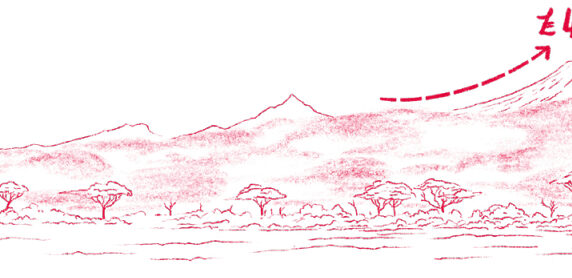Everyone deserves to be protected from the impacts of climate change, including our animals
July 2023 has been confirmed as the world’s hottest ever month. It’s increasingly difficult to ignore the ever-growing threat that global warming places on the lives of people and animals.
The UN Secretary General recently declared that ‘the era of global boiling has arrived’, advocating for ‘dramatic, immediate climate action’. Add a potentially record-breaking El Niño climate event to the mix and it is clear to see the vital need for countries to have robust national disaster risk reduction, preparedness, and response plans – especially those that are vulnerable to extreme weather events and natural disasters.
Recent wildfires in southern Europe, most notably in Greece, saw thousands of people evacuate their homes. Thousands of acres of forest were destroyed, killing countless pets, livestock and wildlife, and devastating habitats.
Unfortunately, the loss of animal life in the wake of disaster is not uncommon. During the 2022 floods in Pakistan, over one million livestock animals were killed. Animals that made a vital contribution to the livelihoods of millions of people.
While the priority of any government will always be human life, any plans to help mitigate the impacts of disaster events must include animals. Around the world, approximately 500 million pastoralists rely on livestock for food and income. In Pakistan alone, over eight million rural families are engaged in livestock production, from which they obtain up to 40% of their household income.
Livestock can play a crucial role in the immediate and long-term aftermath of disasters too.
Subscribe to our newsletter
Our weekly email newsletter, Network News, is an indispensable weekly digest of the latest updates on funding, jobs, resources, news and learning opportunities in the international development sector.
Get Network NewsDisaster planning in Central America
A 2022 study by Brooke Latin America and Caribbean (BLAC) and the Tropical Agricultural Research and Higher Education Centre (CATIE) explored the contribution of working equids (horses, donkeys, mules) to disaster risk management in Nicaragua, a country particularly vulnerable to extreme weather events and natural disasters such as earthquakes, floods, droughts, and hurricanes. It found that working equids played a key role in the initial response phase of disasters, by transporting people and life-saving aid and supporting search and rescue operations. Post-disaster, working equids also helped transport materials to repair damage to buildings.
Earlier this year, BLAC supported Nicaragua in holding Central America’s first-ever national drill for the preparation and protection of life in multi-threat situations. By using the scenario of an earthquake and volcanic eruption, 2 million people took part in the response drill, which, for the first time, included protections for animals such as shelter, food and water supplies, and veterinary support.
In 2019, Guatemala announced that its disaster response plans would include a protocol for the care of animals, helped in part by the role played by livestock following 2018’s Fuego volcano eruption. However, on a global scale, animals are rarely included in such plans and their needs are not considered within relief programmes.
As the global temperature rises, more and more countries and regions will find themselves at risk of extreme weather events. By including animals in national disaster risk reduction, preparedness and response plans, we can build community resilience and recover faster in the face of disasters.
Category
News & ViewsThemes
Climate Change



